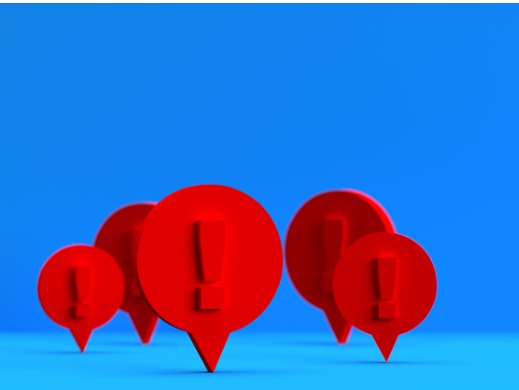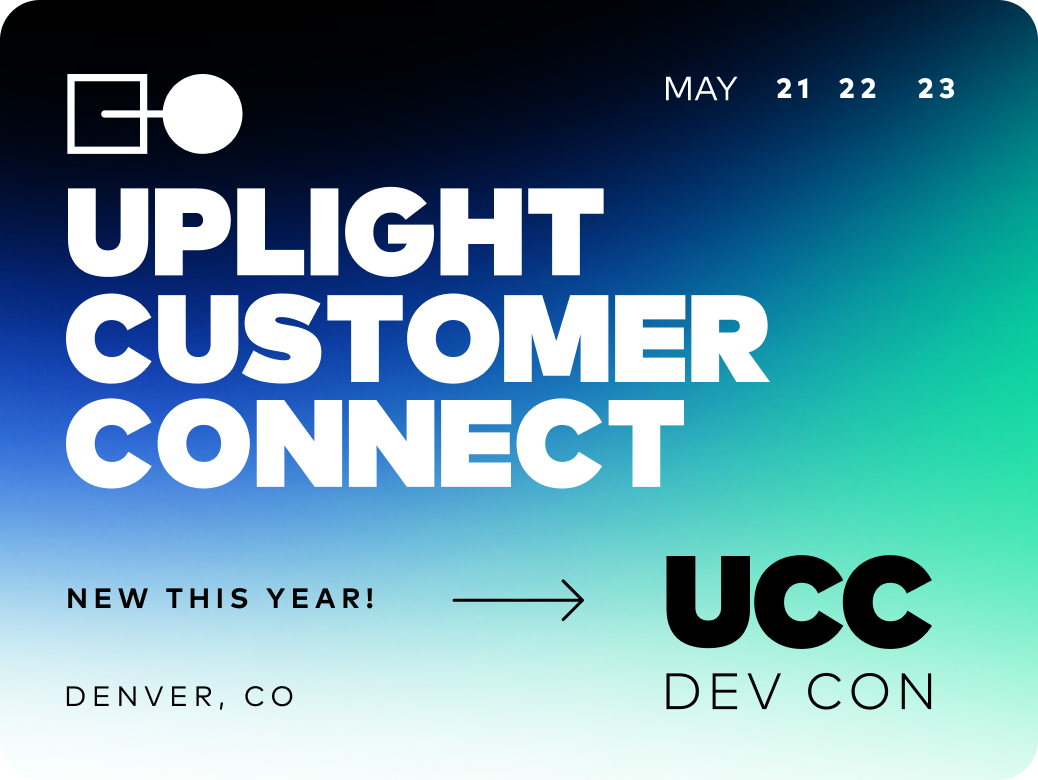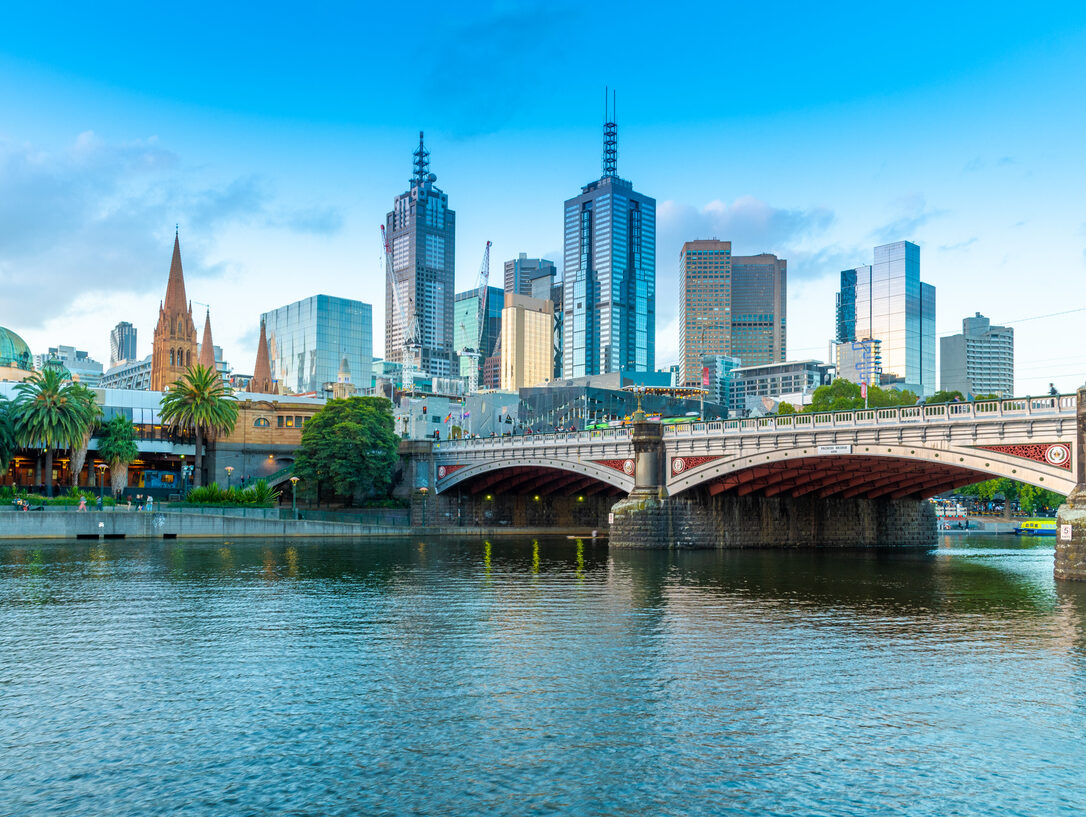At Uplight, we’re obsessed with understanding business customers. We want to know what energy management means to the hundreds of business types in a typical service territory. In order to keep a pulse on the latest trends, we maintain a policy of frequent interviews with real world end-users of our Customer Engagement Portal. Here are some of the findings from our research on”alerts” research.
Alerts & Notifications
In this user research, we focused on a feature that is familiar to most: alerts and notifications. Nearly every app on your phone offers some form of alert or automated reminder. Whether it be Starbucks telling you about the latest coffee promotion, your airline giving you a heads up about a change in your departure time, or even the small red bubble displaying your unread email count, we are inundated with notifications on a daily basis.
Notifications can be extremely useful. They keep us informed and remind us to take action. But when over-utilized, notifications can become bothersome and counterproductive. In our research, we sought answers to three simple questions:
- What energy alerts would our business users be interested in?
- How would they like to receive those alerts?
- How often would they care to receive an update?
After three months of interviewing and surveying users across a variety of different business sizes and types, we learned a few interesting things that we felt worth sharing.
1. Business customers care about different things
This sounds like a no-brainer. Nearly every user we surveyed expressed an interest in at least one type of energy alert, but different users expressed interest in different energy alerts depending on their role, business type, and size.
Small business owners don’t have a lot of time to devote to energy efficiency projects, so they want to hear about simple, easy actions they can take to see energy cost savings (e.g. adjusting thermostat settings for a holiday weekend).
In contrast, facilities managers at larger companies may have other sophisticated energy monitoring tools and are looking for near real-time notifications to help avoid utility fees for high “spikes” in demand.
Finally, energy efficiency managers at established companies are keen on understanding the ROI and realized cost savings after undergoing, for example, an HVAC retrofit project.
2. An “a la carte” menu is best
Most users want to choose from a menu of common alerts rather than being given a default set. An “opt in” enrollment option will ensure that users are only being notified of what is important to them. As far as energy alerts go, users want to know what the “house specialties” are, but ultimately want to make the decision themselves.
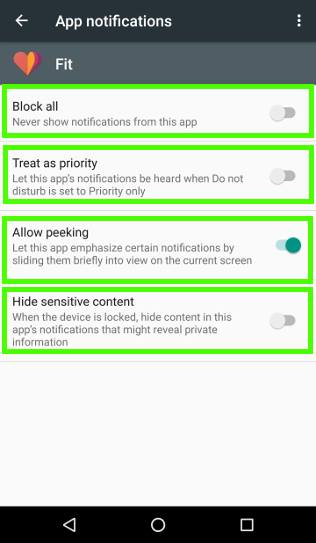
A post on the design forum UX planet expanded on this idea, noting that satisfaction improves when users feel that they are in control. Give them the choice of switching ion/off notifications at will. The best design practices go beyond that binary choice, however, and give end-users options for choosing the types of notification they want to receive, when they want to receive them, which channel (push, text, email, in-app) and the frequency of notification. Energy providers need to begin adopting these best practices from other industries if they want to create a modern digital experience.
3. Consolidate where possible
There is nothing worse than getting spammed by endless notifications from the same app or software system. Users expressed a desire to receive notifications in a consolidated fashion through email for any information that doesn’t require immediate action. Weekly or monthly summary emails can be a great way to accomplish this. However, those emails need to provide enough context to remind the user why the information is important, what that can do with that information should they choose to act, and how to complete an action.
Distilling this information into a weekly or monthly notification presents a unique set of challenges for product designers because. As the Design Thinking firm NNGroup notes, “Notifications are not the immediate and obvious result of a specific user action. On the contrary, the user is likely in the middle of doing something different and may not be thinking about the issue raised by the notification. This requires notifications to establish more context and provide users with sufficient background information to understand what the notification is about.”
When all of the required information is available at a glance, it makes things much more comfortable for users. Take a look at this notification experience from American Airlines. All of the contextual information is delivered quickly and effectively. Imagine if you could present a similar explanation for energy news, billing changes, or promoted programs.
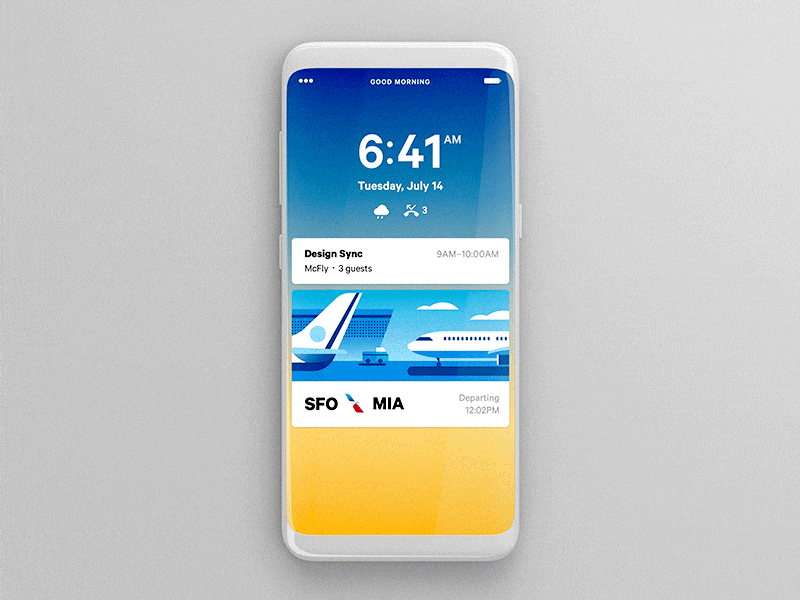
The bottom line
When it comes to energy, most people want to consume less to save on electricity costs. However, different businesses are further along in the energy savings “journey.” Even users with the same role at similar companies may want different alerts. For that reason, preference centers give users an easy way to choose what may be important to them. If users are offered a few simple choices, notifications can remain a useful tool rather than a distraction.
Uplight is committed to serving the diverse set of business customers each utility has, along with their unique needs and preferences. Our continual user research helps us understand how best to serve these customers, including building the features business customers value most.


